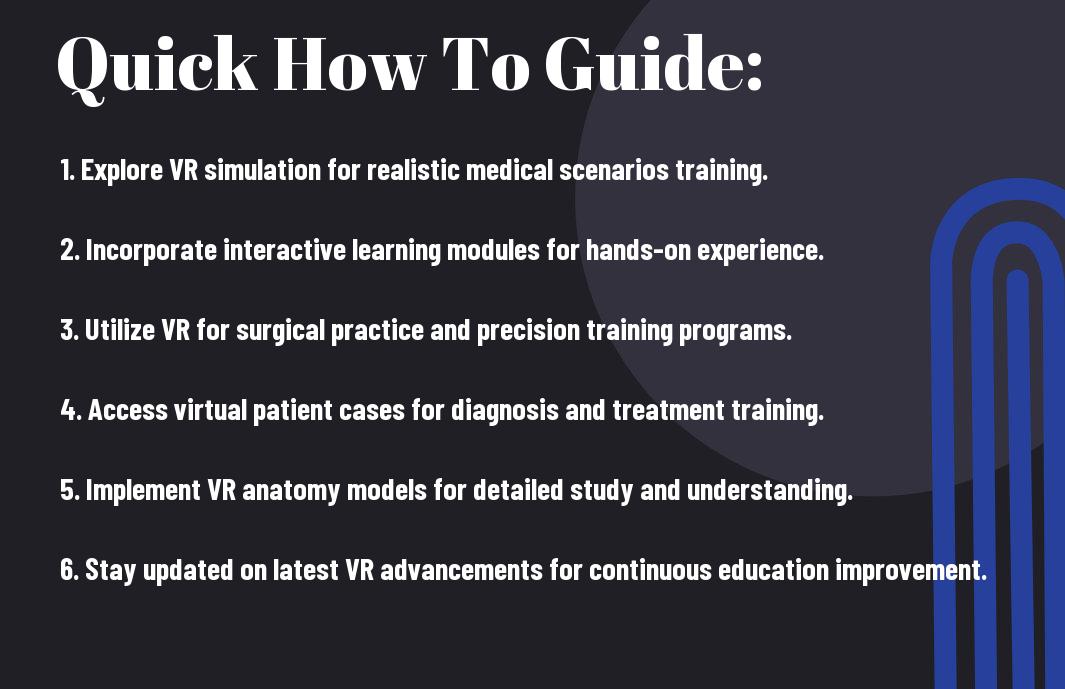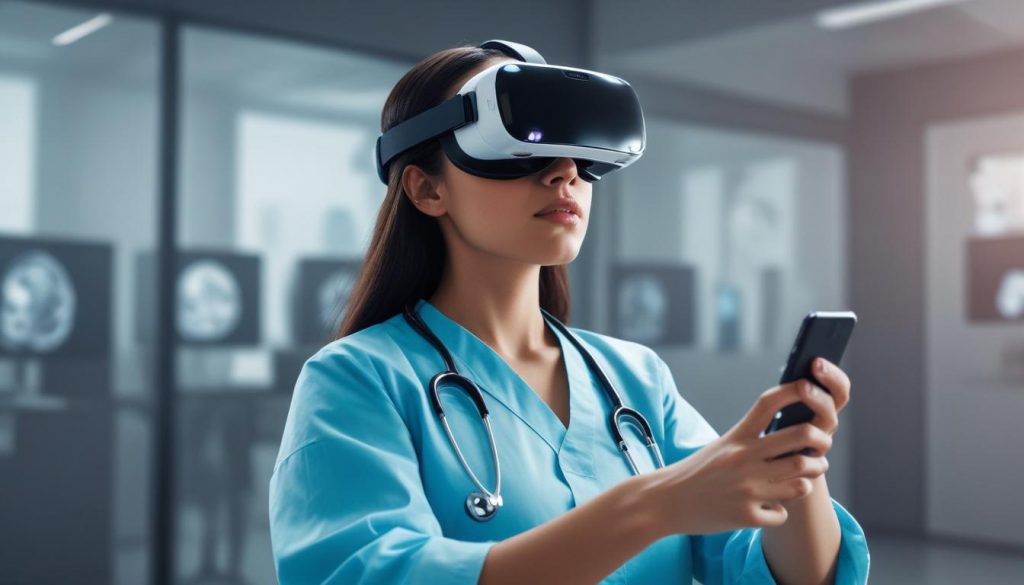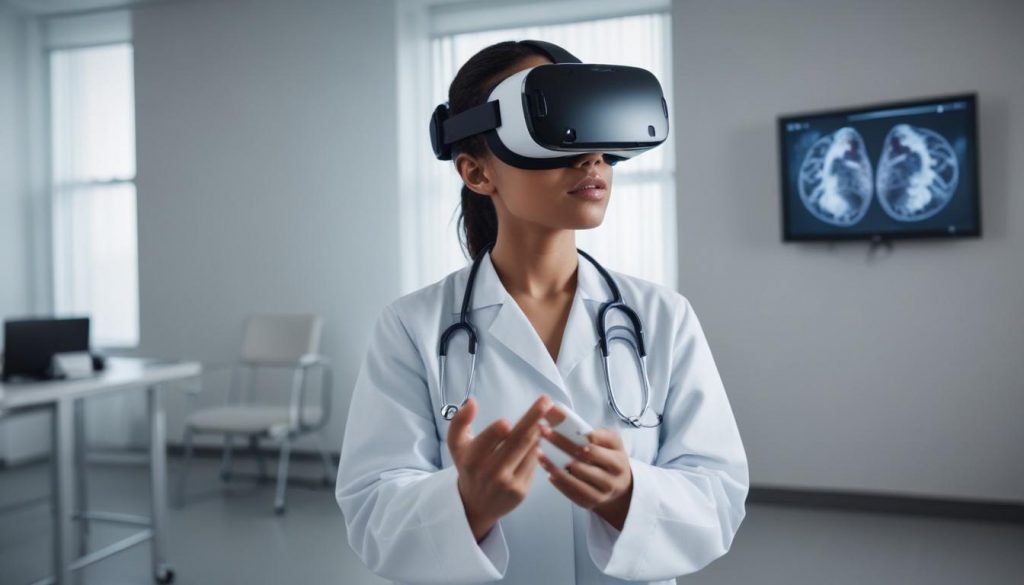Will Virtual Reality Transform Medical Training And Education Many advancements in technology have brought us to a point where virtual reality (VR) is revolutionizing the way medical professionals are trained and educated. In this blog post, I will explore the potential of VR to improve medical training by providing immersive and realistic simulations that can enhance learning outcomes. I will also discuss the benefits of VR in offering a safe environment for practicing complex procedures, ultimately increasing the competency and confidence of medical learners.

How to Revolutionize Medical Training with Virtual Reality
Tips for Creating Immersive Learning Experiences
Before plunging into the world of virtual reality (VR) medical training, it’s important to consider a few key tips to help create immersive learning experiences. First, ensure that the VR environment is realistic and engaging, with high-quality graphics and accurate simulations. Utilize interactive elements to enhance engagement and knowledge retention. Lastly, remember to incorporate feedback loops to improve the learning process. Will Virtual Reality Transform Medical Training And Education?
- Realistic and engaging VR environment
- High-quality graphics and accurate simulations
- Interactive elements for engagement and knowledge retention
- Feedback loops for continuous improvement
Any successful VR medical training program should strive to incorporate these elements to maximize learning outcomes.

Factors to Consider when Developing VR Training Programs
Assuming you are begining on the journey of developing VR training programs for medical professionals, there are several factors to take into account to ensure effectiveness. Start by identifying the learning objectives and aligning them with the VR experience. Consider the technical requirements and ensure that the platform is user-friendly for seamless navigation. Lastly, think about implementation strategies to integrate VR training into existing curriculum.
- Identifying learning objectives and alignment with VR experience
- Technical requirements and user-friendly platform
- Implementation strategies for curriculum integration
Any VR training program should carefully address these factors to optimize learning outcomes.
The Science Behind Virtual Reality in Medical Education

How VR Affects Cognitive Learning and Retention
There’s significant evidence that virtual reality (VR) can enhance cognitive learning and retention. By engaging multiple senses and creating immersive experiences, VR helps me absorb and remember information more effectively. This technology can simulate complex medical scenarios, allowing me to practice critical thinking and decision-making in a realistic yet safe environment.
The Role of Simulation in Developing Surgical Skills
Simulation plays a crucial role in developing surgical skills through VR. By providing realistic surgical scenarios and haptic feedback, VR simulations allow me to practice procedures repeatedly until I achieve proficiency. This hands-on experience in a controlled setting is invaluable for improving my surgical technique and confidence.
A key benefit of VR simulation is the ability to replicate high-risk scenarios without endangering real patients. This allows me to make mistakes, learn from them, and refine my skills in a safe environment. Additionally, the immediate feedback provided by VR simulations helps me track my progress and address areas for improvement effectively.
Overcoming Challenges in VR Medical Training
How to Address Technical Limitations and Glitches
Limitations in VR technology can hinder the effectiveness of medical training simulations. To address technical glitches, ensuring regular maintenance of VR equipment, updating software, and providing adequate technical support can help maintain seamless functionality.
Strategies for Ensuring Realism and Authenticity in VR Scenarios
Address the challenge of maintaining realism and authenticity in VR scenarios by incorporating detailed medical scenarios, realistic patient interactions, and feedback mechanisms for learners. Using high-fidelity simulations, accurate anatomical models, and real-time feedback can enhance the immersive experience for medical trainees.
Understanding the importance of realism and authenticity in VR medical training is crucial for creating impactful learning experiences. By incorporating high-fidelity simulations with realistic patient interactions, feedback mechanisms, and accurate anatomical models, trainees can develop critical skills in a safe and controlled environment. Additionally, leveraging advancements in VR technology to create immersive scenarios that simulate real-world medical challenges can enhance the training experience and better prepare healthcare professionals for clinical practice.
To wrap up
Considering all points discussed, I believe virtual reality has the potential to revolutionize medical training and education. Its immersive nature can provide students with realistic scenarios to practice and enhance their skills. However, it is crucial to ensure that it is integrated effectively into the curriculum and combined with traditional learning methods for optimal results. With ongoing technological advancements and increasing demand for innovative ways of learning, virtual reality is set to play a significant role in shaping the future of medical education.
Q: How can virtual reality improve medical training and education?
A: Virtual reality can provide realistic, immersive, and interactive simulations that allow medical students to practice surgeries, treatments, and diagnoses in a safe environment. This hands-on experience can help students develop their skills and build confidence before they work with real patients.
Q: What are the benefits of using virtual reality in medical training?
A: Virtual reality can enhance learning by engaging multiple senses, providing instant feedback, and allowing for repeated practice. Additionally, VR simulations can be tailored to specific learning objectives, cater to different learning styles, and be accessed remotely, making it a flexible and convenient tool for medical education.
Q: Are there any limitations or challenges to implementing virtual reality in medical training?
A: While virtual reality holds great promise for medical training, there are challenges such as high costs of equipment and software, the need for specialized technical support, and ensuring that VR simulations accurately reflect real-world medical scenarios. Additionally, further research is needed to evaluate the long-term effectiveness of VR training compared to traditional methods.
